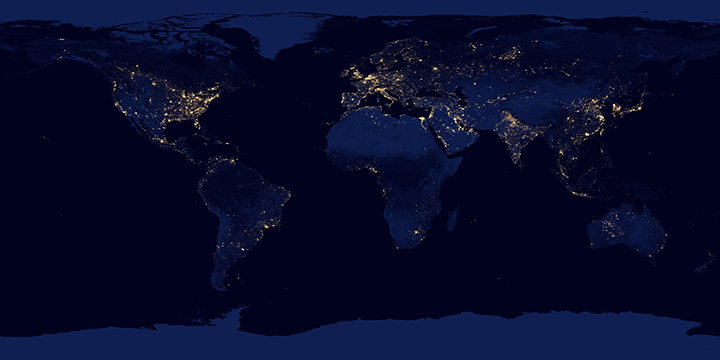|
Dark Sky Preserves
Starry skies are a vanishing treasure because light pollution is washing away our view of the cosmos.
Dark Sky Preserves and Urban Star Parks
The goal of the Dark Sky Preserve (DSP) program is to;
Canada is a world leader in establishing extensive standards for Dark Sky Preserves addressing lighting within DSPs and influences from sky-glow created by adjacent urban areas in the region. This is based on the work of the Royal Astronomical Society of Canada (RASC). We are participating!
Dark Sky Preserve
Wood Buffalo National Park Fort Smith is the gateway to the world's largest Dark Sky Preserve ~ Wood Buffalo National Park. ** For more information: Star Park
Fort Smith Star Park and Observatory TAWBAS and its community partners are proud host of a Star Park which also includes the Dr. Roberta Bondar Northern Observatory. ** For more information: Contact Us
Thebacha & Wood Buffalo Astronomical Society
PO Box 1354 Fort Smith, NT X0E 0P0 Tel: 1-867-872-0243 Email: [email protected] Wood Buffalo National Park PO Box 790 Fort Smith, NT X0E 0P0 Tel: 1-867-872-7960 www.pc.gc.ca/buffalo |
Light Pollution
A little more than 100 years ago, a person could walk outside at night, even city-folk, see the Milky Way galaxy arching across the night sky. Seeing thousands of stars was part of everyday life and likely inspired artists like Van Gogh or musical composers like Holst or writers such as Shakespeare. By allowing artificial lights to wash out our starry night skies, we are losing touch with our cultural heritage (what has made us who we are). We are also losing touch with what could inspire future generations.
With more than half of the world’s population now living in cities, 3 out of 4 people have never experienced the spectacle of of a pristine dark sky. It bring out some important questions;
View a larger version of the "Night Lights 2012" map;
|












